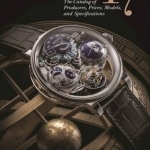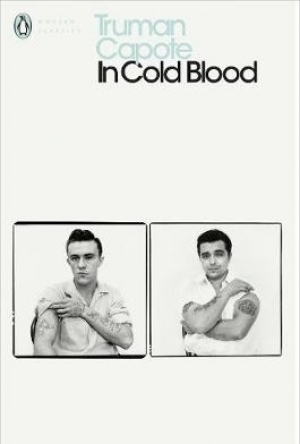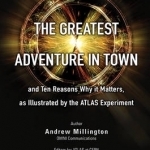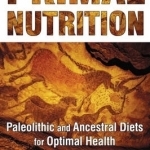
Mental Models: Design of User Interaction and Interfaces for Domestic Energy Systems
Kirsten M. A. Revell and Neville A. Stanton
Book
There is a resurgence of interest in mental models due to advances in our understanding of how they...

Wristwatch Annual 2017: The Catalog of Producers, Prices, Models, and Specifications
Book
The Wristwatch Annual has become a classic for aficionados of fine watchmaking. It s a one-stop shop...

My iPad (Covers iOS 9 for iPad Pro, All Models of iPad Air and iPad Mini, iPad 3rd/4th Generation, and iPad 2)
Book
My iPad, Eighth Edition, helps you quickly get started with your new tablet, and use its features to...

Security and Privacy in Internet of Things (Iots): Models, Algorithms, and Implementations
Book
The Internet of Things (IoT) has attracted strong interest from both academia and industry....

In Cold Blood: A True Account of a Multiple Murder and Its Consequences
Book
The chilling true crime 'non-fiction novel' that made Truman Capote's name, In Cold Blood is a...

The Large Hadron Collider: The Greatest Adventure in Town and Ten Reasons Why it Matters, as Illustrated by the Atlas Experiment
Andrew J. Millington, Thorsten Wengler and Rob Mcpherson
Book
When the discovery of the Higgs Boson at CERN hit the headlines in 2012, the world was stunned by...

Her Ladyship's Guide to Running One's Home
Book
* Her Ladyship, star of Her Ladyship's Guide to the Queen's English and Her Ladyship's Guide to...

Primal Nutrition: Paleolithic and Ancestral Diets for Optimal Health
Nora T. Gedgaudas, Ron Schmid and Sally Fallon Morell
Book
The human body's innate mechanisms for healing and immunity extend beyond the mending of cuts and...
Designed for Hi-Fi Living: The Vinyl LP in Midcentury America
Daniel Miller, Janet Borgerson and Jonathan Schroeder
Book
The sleek hi-fi console in a well-appointed midcentury American living room might have had a stack...
Janeeny (200 KP) rated English Pastoral in Books
Sep 7, 2021
Rebanks takes us through the journey of three generations on the farm in three parts. The first part talks about his childhood on the farm and his grandfather teaching him the ways of the land. The second part is Rebanks in his twenties, he’s experienced modern farming overseas and has ideas on how to move the farm forward, this includes using chemicals to protect the crops and enhance the livestock. Part three is Rebank’s time on the farm and their realisation that all they’ve been doing to keep up with modern farming has actually been having a counterproductive event.
It is a story of hope, a farming family brought to the brink of collapse that realise, in time, the real way forward can sometimes be backwards.
There is just too much goodness in this book to cover it all here. It’s beautifully written, it’s heartfelt and evocative. It pulls you into the pages, and I could have quite happily stayed living on that hardworking little farm on the fells.
There are some charming little anecdotes in this book, and the reverence with which Rebanks tells them is palpable. Rebanks is acutely aware of the contrast in farming techniques and frequently draws comparisons. From his grandfather gently moving a nest from one part of a field he’s cutting back (then moving in back again), to modern-day combines just hacking their way through a field regardless of the wildlife within.
This also re-affirms his grandfathers earlier statement that modern-day farmers sitting up in the cabs of their tractors have lost touch with the land.
This modern-way of farming doesn’t quite sit right with Rebanks and his father, they know that something is not quite right with the way they do things, but what else can they do to keep up with modern demands. The pivotal moment comes when Harry passes away. Harry is a local farmer of the same generation as Redbank’s grandfather, he’s stayed connected to the land and hasn’t gone in for all these modern ways. Another farmer who plans to buy the land gets the soil tested (in anticipation of what nutrients he may have to put into it) the soil inspector explains that the soil is healthy. In fact, it’s some of the best soil he’s ever seen.
This is when Rebanks begins to realise that the farmers themselves are the problem with the land. The ultimate irony that the very people who are supposed to be caring for the land are also the ones slowly destroying it.
Not only is this an exquisite little memoir, it is also a lesson on looking after the land. Rebanks lays it out as it is; in cold hard detail, this is what happened this is what he did about it. There is no preaching, but if we’re lucky we’ll learn something from it

